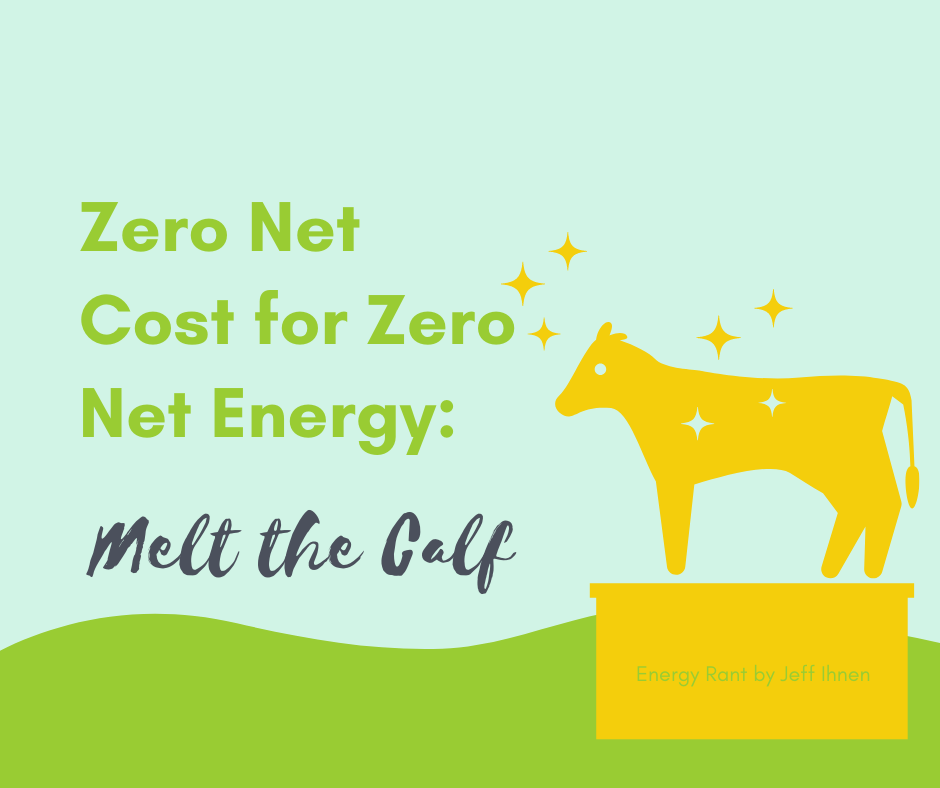
Have you ever thrown a cat into the deep end of a swimming pool? Neither have I, but I bet they wouldn’t like it. Likewise, status-quo program evaluators will not like what’s coming down the pike for several reasons, starting with one in this post for residential and commercial new construction programs.
A few weeks ago, I read a post from fellow small-time blogger (speak for yourself, Jeff) Joel Gilbert. His topic was low carbon foods. He wrote, “But, I offer this observation [about the food craze]: I have never seen such a groundswell of enthusiasm around these ideas. Perhaps it is being driven by corporate greenwashing plus brand redefinitions. I just don’t know. What I do know is we are in the fastest migration away from traditional talk around energy and environmental issues in my lifetime.”
Scarcity v Gluttony Diet
I tend to agree with Joel. Per an earlier post, I got into this industry at a time we feared running out of energy, namely natural gas and oil. I recently demonstrated that since that time, known reserves have almost doubled during my career alone!
My parents were young kids during the depression. Combined with resource depletion in my formative years, I was molded with a sense of scarcity and saving for the long haul. Are Americans willing to self-impose scarcity over gluttony, like having so much crap their two or three-car garages have no room for cars, and they need self-storage to boot? These are symptoms of lifestyles that are not conducive to carbon emission reductions.
For the sake of this post, let’s assume people are ready to make do with less. How does this affect policy, energy-demand side management programs, and traditional cost-effectiveness hurdles?
Zero Net Cost and the Golden Calf
I recently read a compilation of study results that said zero net energy buildings have a cost premium of 5-10% over the status quo building. Hopefully, you see the pattern I’ve painted and that I have demonstrated this is a bogus argument and a false choice. Efficient, low-carbon buildings do not require a cost premium. Efficiency is a building feature like marble floors, four-story atriums, giant sculptures, water fountains, indoors or out.
We have a lot of golden calves in this industry that need to be melted down. One of them is the golden calf of efficiency cost premiums. It has always been assumed that efficiency is added on top of the marble floors, sculptures, and fountains. If people want low carbon food, maybe efficiency and carbon are priorities for their new buildings. The cost-premium mindset needs to be blown to bits.
My Throwdown to You
You want efficiency and less emissions – unlearn every doctrine under which you’ve been conditioned to conform and think. For a good part of my career, we were conditioned to avoid the word “conservation” and instead use “efficiency” because efficiency provides the marble floors, atriums, fountains with less energy use and a lot more cost. To hell with that. Conservation.
But how will we know the impact the program had if there is no cost premium and a handout? I have lots of ideas, but you won’t find them represented in a battery of survey questions for assessing net-to-gross (the impact the program had) results. Blow it up. Sometime soon, I’ll be writing why NTG needs to be melted down as well.
Similarly, the calf must be melted for residential new construction programs, where it is even easier to be cost-neutral, with low energy use and carbon emissions. Reduce the footprint from 3,000 square feet to 1,500 or even 1,200 square feet. The square footage of homes from the 1950s to 2014 ballooned 260% from 1,000 to 2,600 square feet. The square footage per occupant exploded 320% from 330 to 1,050[1].
In the early 1990s, a friend of mine, who was doing very well for himself, bought a McMansion in Minneapolis’s suburbs. He had an ornate dining room that was fenced off. Keep the kids and the dog and the footprints out of there. What? That is crazy and dumb. This wasn’t George Washington’s bedroom as preserved in Mount Vernon.
So whadya do? Downsize, super-insulate, use big insulating windows, so the space feels big, and there is a great connection with the outdoors. Not only will homeowners have low energy consumption and carbon emissions, they will be forced to buy less stuff. If people are willing to buy an EV, they should be willing to drive demand for small, efficient homes. In fact, the average size of a Tesla owner’s home is screeeeeeeechchch. After an hour of searching the www, I came up with lint on that, but the average Tesla-ower’s home value is about $350,000.
So, blow up the mindset, melt the calf, think and live differently. If you want to decrease carbon emissions, reward it and sell it. Make it sexy.
If this industry, our industry – you – want results, most of the barriers, program models, and design approaches need to be permanently erased from memory. The rules and policies have become some of the biggest barriers.
Melt the calf.





